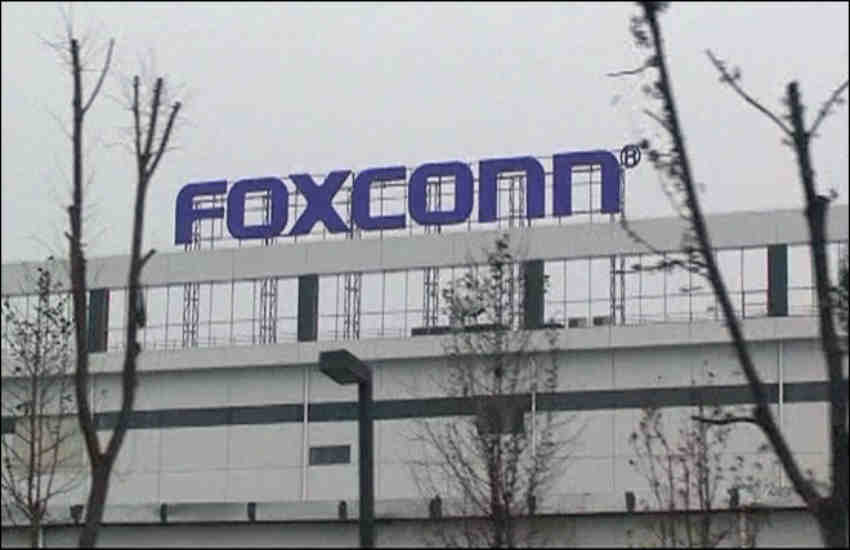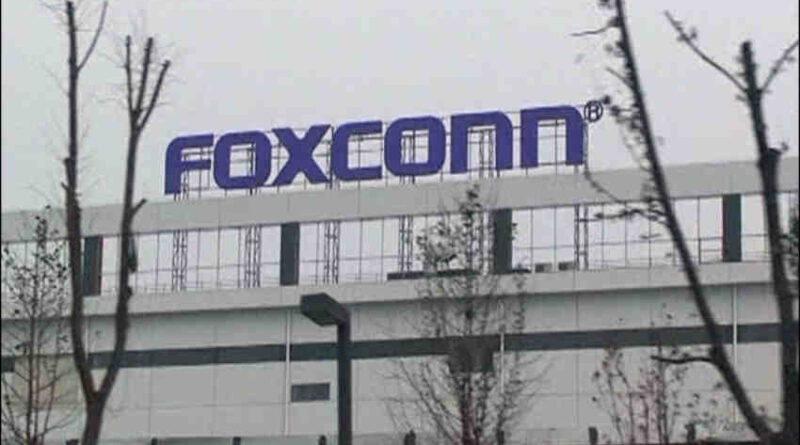Foxconn to Gujrat: Several questions about Maharashtra’s industrial policy
Political mudslinging over Vedanta-Foxconn’s exit from Maharashtra preferring Gujrat may continue for some more time but the real question is about the overall approach of the state to attract such prestigious projects. The state, known as the most favored destination for industrial investment, is doling out huge incentives with an equally strong industrial policy being announced from time to time since 1964.
Foxconn has caused a political uproar and recriminations. The political turmoil may not offer the real cause of the shift but the fact is the state has lost a prestigious project for the second time since 2015.

State offers huge incentives
Maharashtra offers a slew of concessions, and incentives to entrepreneurs. These include well-developed land parcels, better infrastructure in the MIDC areas, concession in stamp duty, 10-year concession in electricity tariff, and refund of sales tax i.e., now GST.
GST refund is paid the payment of gross GST which no other state in India offers. It offers a huge benefit to the industrialists. Whereas other state governments offer a refund of net GST. Maharashtra’s annual budgetary provision is over Rs 3000 Cr for a GST refund. And it may soon go up to Rs 8,000 Cr say, insiders.
Criterion needed
Ideally, some sort of criteria is needed to offer incentives to promote industries. Marathwada and Vidarbha, known as underdeveloped areas need a maximum number of industries to generate employment and boost the economy. But unhealthy competition is on the rise among many states to attract maximum investment. Incentives were being offered for investing in comparatively many developed areas also. As such, similar concessions were offered to the investors setting up their units in A category areas i e Pune, Pimpri Chinchwad, Bhosri, etc.
States ignore Center’s warnings
The Center had tightened noose to control such an unhealthy competition as it was affecting the financial health of the states. Keeping profits in mind the industry sector seeks maximum concessions but the state government has to consider the welfare of all the sectors of the society. Despite warnings about reducing their share of the yearly allocation of central assistance, states chose to ignore the center’s advice.
But in the present milieu, the success of the government is measured by the ratio of investment it attracts. To avoid political risk, elected governments offer concessions to domestic and foreign investors. Hardly or no discussion takes place on how the state has benefitted by doling out the incentives. No figures on the exact number of employment opportunities generated are released officially. The industry sector too has started taking advantage of the situation and has started using the veto to accept or reject a proposal.
State buckled under pressure
Around 1998, a very renowned industrial group decided to start a car manufacturing unit in the Pune area. At the same time, the state government, in a major change in its policy, offered sales tax exemption to mega projects in the automobile sector even if they were to be set up in Class A industrial areas. Earlier, it was not intended for Class A industrial areas and mega projects. But the then government decided to amend it. But the necessary notification was not issued.
The automobile unit of this group had submitted its application to take advantage of the policy with the demand to refund the sales tax. On January 14, 1999, the Cabinet Sub-Committee approved the changes in the state policy. The minutes of that meeting were submitted to the Chief Minister for approval immediately thereafter. A round of discussion took place between the then CM, Dy CM, and the chief secretary of the state. But on the day, this happened, the Chief Minister resigned. It may be recalled that in early 1999, Manohar Joshi resigned as the CM and Narayan Rane took over from him.
The minutes were submitted to the new Chief Minister in February but were not approved. The subject was also taken to the new cabinet sub-committee but it was not accepted. It was said that this industry group was very upset due to the developments. The state department of industries was pushing the proposal for a favorable decision saying the group feels disillusioned when other players from the same sector were given the benefits.
Next, for about 6 to 7 years, the concerned file was moved from table to table at various levels. The state planning department was of the view that the government should invest in infrastructure instead of those incentives. The finance department was also not very favorable to approving the file. The department was of the view that it is not appropriate to give incentive subsidies to industrially developed areas. The department took the stand that it was inappropriate to approve the 1998 proposal in 2006-07 and that the Center’s Empowerment Committee had asked to discontinue sales tax concessions and the state could be penalized if this decision was approved.
Rs 100 Cr paid to the group
However, the subject did not stop here. In 2006, a move to issue a new notification gained momentum. But the finance department showed its inability to pay the incentive amount. Since the particular scheme has already expired no decision can be taken based on it. The Industries Department, however, was of the view that if this group prefers other states for investment, it will be a huge setback for Maharashtra. Finally, the state approved Rs. 100 crores as a subsidy by placing this matter before the legislature through a supplementary demand.
I had to exercise RTI to get details on this. At that time there was a lot of opposition from the Industries Department and the officials of the respective reputed industrial group came before the State Information Commission where a hearing took place, and expressed their opposition. Naming the group is avoided here as the group is known as a prestigious one and it may not serve any purpose since the issue is almost 15 years old.
MSME should get precedence
Thane, Pune, and Raigad are also attractive to entrepreneurs who are building big and ultra-big projects. Because they want to set up their units closer to Mumbai. If efforts are to eliminate the imbalance in the sector and provide employment opportunities, industries should be set up in the backward areas. But big entrepreneurs seem reluctant to go there. Therefore, if concessions are to be offered, they should go to small and medium enterprises operating in such areas.
Legislature is the real place to discuss the ups and downs in the industrial sector and the effect of the policies. Let us hope it takes place some or the other time.
CMs go on foreign tours
Chief ministers of our state also go on official tours of foreign countries to attract investment. Some of the CMs have made more than 10 or more tours during their tenures. A debate on the success and failures of such tours should take place, not just in the media but in appropriate forums.
The question arises as to why Foxconn decided to ignore Maharashtra and this has not happened the first time. In 2015, the Taiwan major had not only signed a memorandum of understanding (MOU) for an investment of Rs 32,250 crore but also opened an office at the World Trade Center in Cuffe Parade. But nothing happened thereafter. Vedanta-Foxconn declined Maharashtra’s offer of incentives worth Rs 39000 crore. Concessions for the medium, small and micro sectors were needed as they account for 40 percent of exports. These industries provide maximum employment opportunities. Moreover, if such concessions are offered for industrially backward areas like Vidarbha, Marathwada, Ratnagiri, Sindhudurg, and Dhule, they can benefit greatly. Even the Naxal-affected districts can guarantee employment to the local youths. Apart from this, Nandurbar, Washim, Osmanabad, and Gadchiroli have been announced as aspirational districts by the Centre. Let’s hope that serious discussion on these topics takes place someday.

